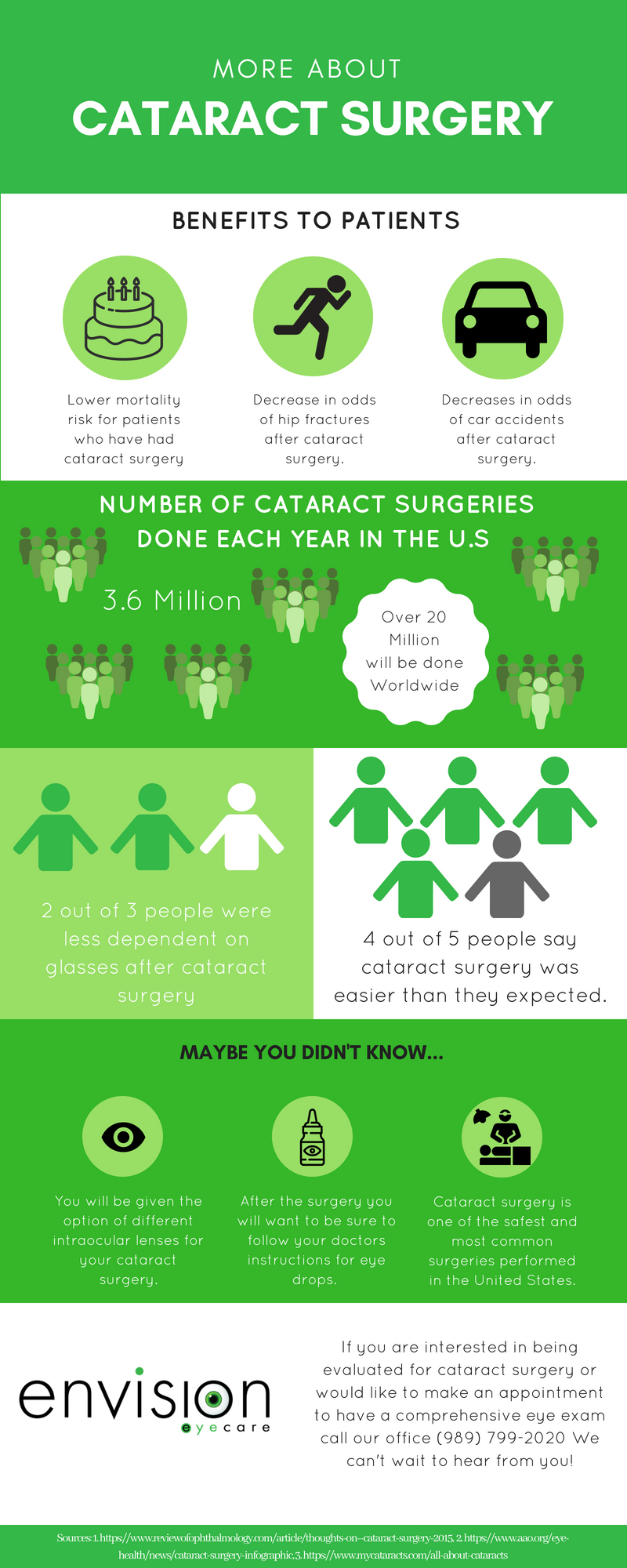A Review Of Conventional Cataract Surgical Treatment Versus Laser-Assisted Techniques: Advantages And Negative Aspects
A Review Of Conventional Cataract Surgical Treatment Versus Laser-Assisted Techniques: Advantages And Negative Aspects
Blog Article
Material Author-Bush Hebert
When considering the selection in between typical cataract surgery and laser-assisted methods, you may find yourself considering the benefits and downsides each method provides. The choice exceeds the surface level of cost and accuracy, diving right into the world of lasting results and client contentment. As you navigate with the intricacies of these 2 strategies, it ends up being necessary to understand the nuanced information that can significantly impact your aesthetic quality and overall experience. Stay tuned to discover the essential elements that will guide your decision-making process in this essential aspect of eye care.
Traditional Cataract Surgical Treatment Pros and Cons
When taking into consideration traditional cataract surgery, you might find that it's a well-established and widely-used method. In this procedure, a surgeon makes a small laceration in the eye and uses ultrasound to break up the over cast lens prior to removing it. When the cataract is removed, a synthetic lens is put to bring back clear vision.
Among the main benefits of typical cataract surgery is its record of success. learn more have had their vision considerably enhanced via this treatment. Additionally, traditional surgery is commonly covered by insurance, making it an extra easily accessible choice for many individuals.
Nevertheless, there are some drawbacks to traditional cataract surgery too. Recuperation time can be much longer compared to more recent techniques, and there's a slightly higher threat of problems such as infection or inflammation. Some individuals might additionally experience astigmatism or call for analysis glasses post-surgery.
Laser-Assisted Techniques Benefits And Drawbacks
Exploring laser-assisted strategies for cataract surgical treatment unveils a modern method that makes use of laser innovation to carry out essential steps in the procedure. One of the key benefits of laser-assisted cataract surgical procedure is its precision. The laser allows for very accurate incisions, which can result in much better aesthetic end results. Additionally, the use of lasers can reduce the quantity of ultrasound energy required during the surgical procedure, potentially decreasing the danger of difficulties such as corneal damage.
On the drawback, laser-assisted methods can be more pricey contrasted to typical techniques. This cost mightn't be covered by insurance, making it less accessible to some individuals.
One more consideration is that not all cataract cosmetic surgeons are trained in laser modern technology, which might restrict your choices for picking a cosmetic surgeon.
Finally, while the laser can automate specific facets of the treatment, the surgery still needs a proficient specialist to make sure successful results.
Comparative Evaluation of Both Techniques
For an extensive understanding of cataract surgical treatment strategies, it's important to perform a relative analysis of both standard and laser-assisted methods.
Conventional cataract surgical procedure involves hands-on cuts and making use of handheld devices to break up and remove the cloudy lens.
On the other hand, laser-assisted cataract surgical treatment makes use of advanced modern technology to develop specific lacerations and break up the cataract with laser energy before removing it.
In terms of precision, laser-assisted methods offer a higher level of precision contrasted to traditional methods. The use of lasers enables personalization of the treatment based upon each patient's eye makeup, potentially resulting in far better aesthetic outcomes.
However, laser-assisted cataract surgery tends to be more costly than standard surgery, which may restrict ease of access for some people.
While both techniques work in recovering vision impaired by cataracts, the option in between traditional and laser-assisted techniques commonly depends upon elements such as price, precision, and private person demands.
Consulting with your ophthalmologist can help establish the most ideal technique for your cataract surgery.
Verdict
Finally, when determining in between traditional cataract surgical procedure and laser-assisted strategies, consider elements like price, precision, and individual requirements. Conventional surgical treatment offers a proven performance history and insurance policy coverage but might include longer recuperation times. Laser-assisted strategies provide higher accuracy and personalization yet can be extra expensive and not constantly covered by insurance. Ultimately, the choice between the two approaches depends upon what is most important to you and your certain scenario.
